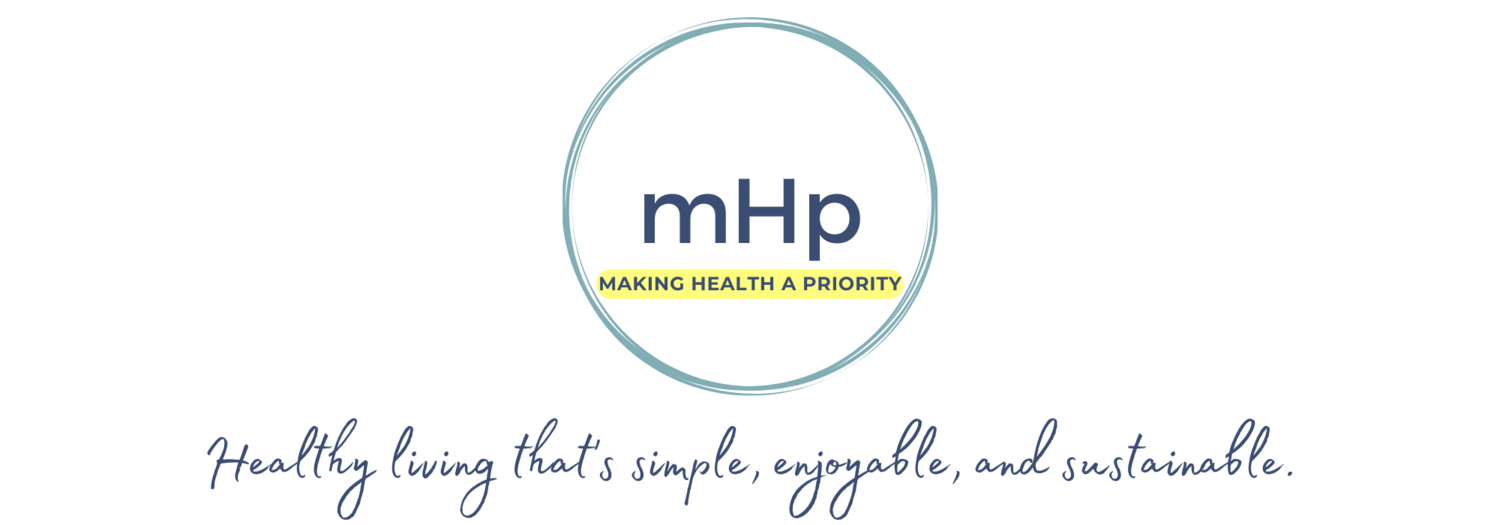Why (& How) I Organize My Time Into 12-Week “Years”
When it comes to planning your goals, it’s important to have a good strategy in place. Something I’ve found helpful is to compartmentalize time into 4-week blocks and 12-week "years."
Why 4-Week Blocks?
Unlike a month, a four-week block has consistent starting and ending days (for example, starting on a Monday and ending on a Sunday).
Four weeks is a good amount of time to make progress in an area.
If you chunk three of them together, it makes a "12-week year."
A 12-Week Year?
One of my favorite books about goal-setting and productivity is called The 12 Week Year: Get More Done in 12 Weeks than Others Do in 12 Months, by Brian Moran and Michael Lennington.
A main premise of the book is that annualized thinking (a.k.a. evaluating your successes on an annual basis) is often a barrier to high performance. Instead, the authors recommend focusing on 12-week periods ("12-week years") that stand on their own. This is because 12-week intervals:
Give your goals more urgency. (There's nothing like a deadline to get you taking action!)
Put more focus on daily and weekly actions to execute. (Knowing the result you want isn't the problem. Consistently taking action to achieve it is.)
Periodization
"12-week years" are based on a concept called periodization, which began as an athletic training method designed to dramatically improve performance. The principles are focus, concentration, and overload of a specific skill or discipline, for a limited period of time. After each period of skill mastery, you move on to the next skill.
A 12-week year can be further broken down into phases. Seeing yourself in different phases of the process helps with motivation and follow-through.
The first four weeks is about: a fast start, early successes.
The second four weeks is about: seeing your progress, improving performance.
The third four weeks is all about: having the hard part behind you, finishing strong.
Buffer Weeks
Additionally, a 13th "bonus" week conveniently fits between each 12-week period during a traditional (52-week) year. I call these buffer weeks. Buffer weeks are a great time to:
Take advantage of an extra week of effort if you need it.
Review and reflect.
Celebrate successes.
Prepare for your next "new year."
Alternatively, you could skip the buffer weeks, move straight in to your next 12-week year, and end up with an entire 4-week buffer block at the end of a traditional year. This is kinda like getting a 13th month (a baker’s dozen 🙂) in a traditional calendar year. (See comparison below.)
Make It Your Own
If you're the kind of person who likes to save all your vacation days and use them at one time, you might prefer the 13-block option. On the other hand, if you like to sprinkle vacation days throughout the year, the 12-block option may work better for you.
I've traditionally organized my year by the 13-block option because my hospital shift schedule follows this format. However, for goal-setting purposes, I actually prefer the 12-week block option (with buffer weeks). I’ve switched to this because:
I like the idea of buffer weeks distributed throughout the year. (I'm a space-your-vacation-days-out kind of person.🙂 )
The blocks coincide with calendar months.
The 12-week years coincide with traditional yearly quarters.
Pin It! Follow mHp on Pinterest!
How About You?
How do you like to organize your time? What are some tips/tricks that you’ve found helpful? I’d love to hear about it. Leave me a comment below!
If you like tips/tricks to make healthy living simple, enjoyable, and sustainable, then I invite you to subscribe to my newsletter. This is where I share new posts and exclusive content!
This post was originally published on 12/1/21.





